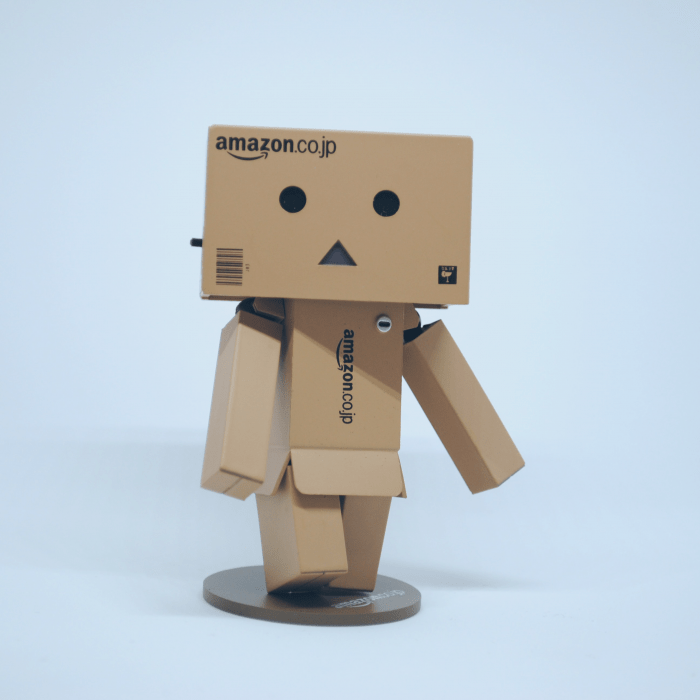1. Poor campaign structure
A good Amazon PPC strategy starts with a strong campaign structure and naming convention. A good structure is easier to analyse, easier to understand when it is adopted and is essential to manage campaigns efficiently.
We, therefore, recommend breaking down campaigns according to the type of targeting:
-
-
- Auto
- Manual keyword
- Manual ASIN
- Branded campaigns
-
For the advertising groups, we recommend breaking this down per product. This enables efficient targeting and bid management.
2. No use of Keyword Harvesting
With Keyword Harvesting, you make sure that relevant keywords from automatic campaigns, feeds or other platforms are collected to add to your manual campaigns. This allows you to expand the reach of your ads and to offer more targeted bids.
3. Auto-campaigns only
If you only use auto-campaigns, you cannot refine bids by keywords and ASIN level. Not every keyword or ASIN performs equally, so you quickly incur too much cost for underperforming keywords or ASINs.
At the same time, you lose revenue on high-performing keywords and ASINs. Amazon does not yet have extensive smart bidding options such as Google Ads.
4. No use of exclusion keywords and ASINs
If you do not use exclusion keywords, you cannot guarantee that keywords will remain as they are in the auto-campaigns.
5. No active bid management per product
Do you make the same bid for every product? Don’t do that! With this, you miss out on opportunities.
Not every product has the same high conversion rate (CR) or the same average order value (AOV). It is, therefore, important to be able to predict the expected CR and AOV for each product to be able to set a specific bid for each product.
6. Adjusting the bids too quickly
On the other hand, we see that bids are often adjusted too quickly. In the beginning, you will not have a lot of data, and the data you have is often very fragmented.
At the product level you will therefore, in most cases, not have enough data to make the right prediction. If you do, you will probably offer far too much or far too little. It is, therefore, important to aggregate data in the right way so that you can make the right decision.
7. Limited daily budget
If you are only just starting with Amazon PPC, you may be a bit cautious when it comes to the budget. However, you should avoid reaching the set daily budget every day. This means that you could have had a lot more clicks, at a lower cost.
The advice, in that case, is to increase the budget or reduce the CPC.
8. No ACOS target
If you have not set an ACOS (advertising cost of sales) target, it is difficult to optimise your campaigns. You need a certain direction, based on which you will manage your campaigns. Before you start, therefore, think about what your target should be, taking into account the margins you have.
9. Do not take your organic sales with you
At the same time, you should not look at the results of the advertising campaigns alone. Amazon PPC is a very important booster for your organic sales, especially if your brand is new on Amazon.
Therefore, be prepared to invest a little extra in the beginning, to get the flywheel of your Amazon sales going.
The use of Amazon PPC ensures more sales, so you get more reviews and Amazon gets to know you as a salesperson. This has a positive effect on your organic results. As a result, your product ads will also perform better, and you will own the buy box more often, so you can advertise more often.
10. Do not protect your own brand
Finally, it is important to protect your own brand name. Competitors can also advertise using your brand name and steal away consumers that you could have reached organically.
At the same time, your own advertisements can cannibalise your organic sales. It is therefore important to analyse the brand related searches separately and apply a different target or strategy.




